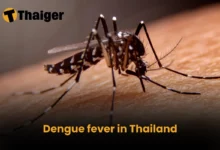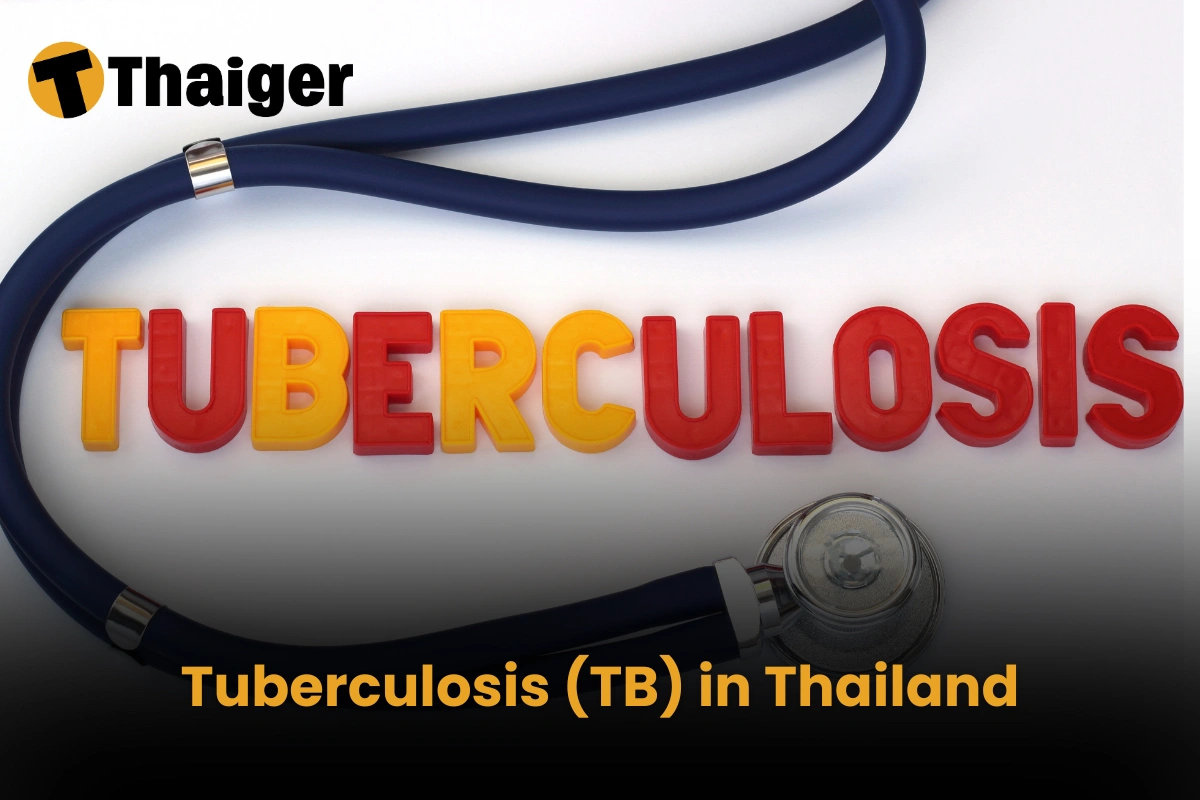
Tuberculosis (TB) is a serious global health issue, affecting millions around the world. Thailand has one of the highest TB rates in Asia, with 155 cases per 100,000 people, much higher than in many developed countries.
This makes TB awareness especially important for people in Thailand, where crowded areas increase the chances of TB spreading. This article will take you through what TB is, the number of TB cases in Thailand, and many more that are good to know for your safe travel in Thailand.
What is Tuberculosis (TB)?
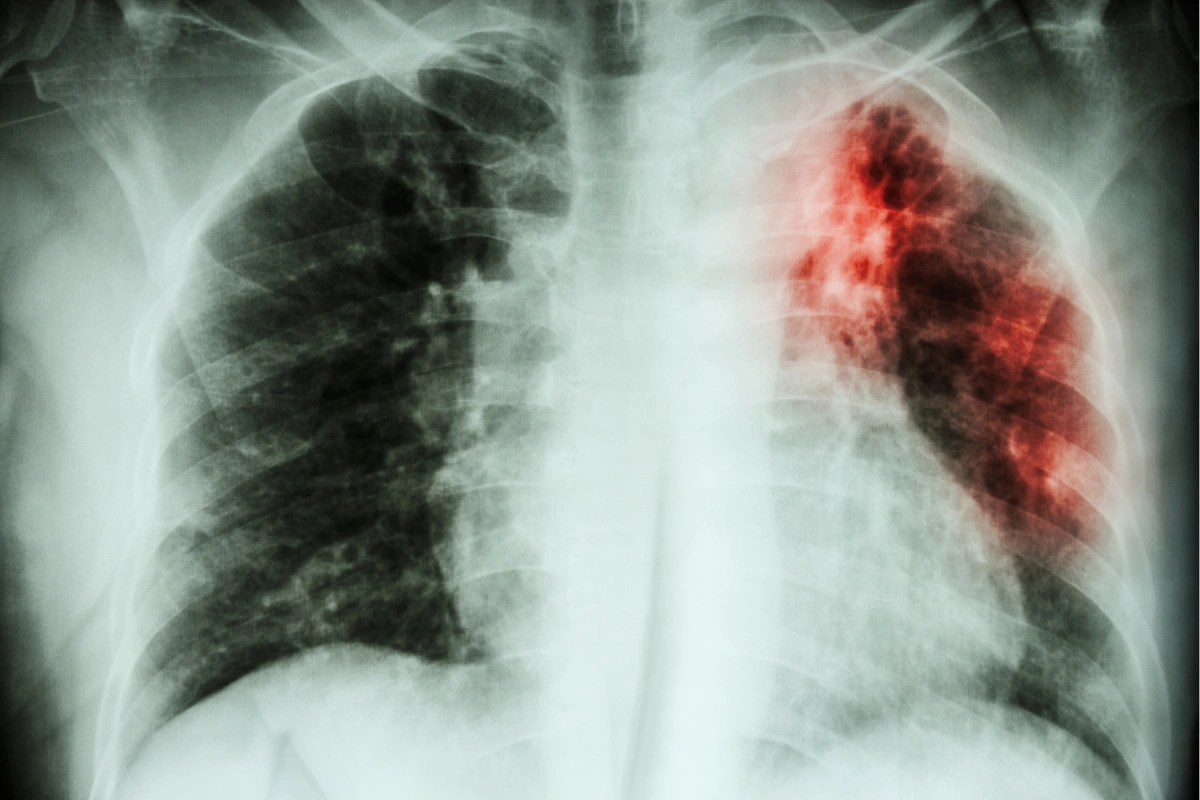
Tuberculosis, or TB, is a serious infectious disease caused by the bacteria Mycobacterium tuberculosis. While it primarily affects the lungs, TB can also spread to other parts of the body, including the kidneys, spine, and brain. TB spreads through the air when someone with the disease coughs, sneezes, or spits, releasing bacteria that others can breathe in.
TB exists in two forms: latent and active. Latent TB doesn’t show symptoms and isn’t contagious, but it can progress to active TB if the immune system weakens. Active TB, on the other hand, brings noticeable symptoms like a persistent cough, chest pain, fever, weight loss, and night sweats. Diagnosing TB typically involves sputum tests, chest X-rays, and molecular testing. Treatment requires a combination of medications over at least four months, with longer courses for drug-resistant strains.
Every year, around 10 million people worldwide become ill with TB. Despite being preventable and curable, it remains the world’s top infectious killer, claiming 1.5 million lives annually.
Number of TB cases in Thailand
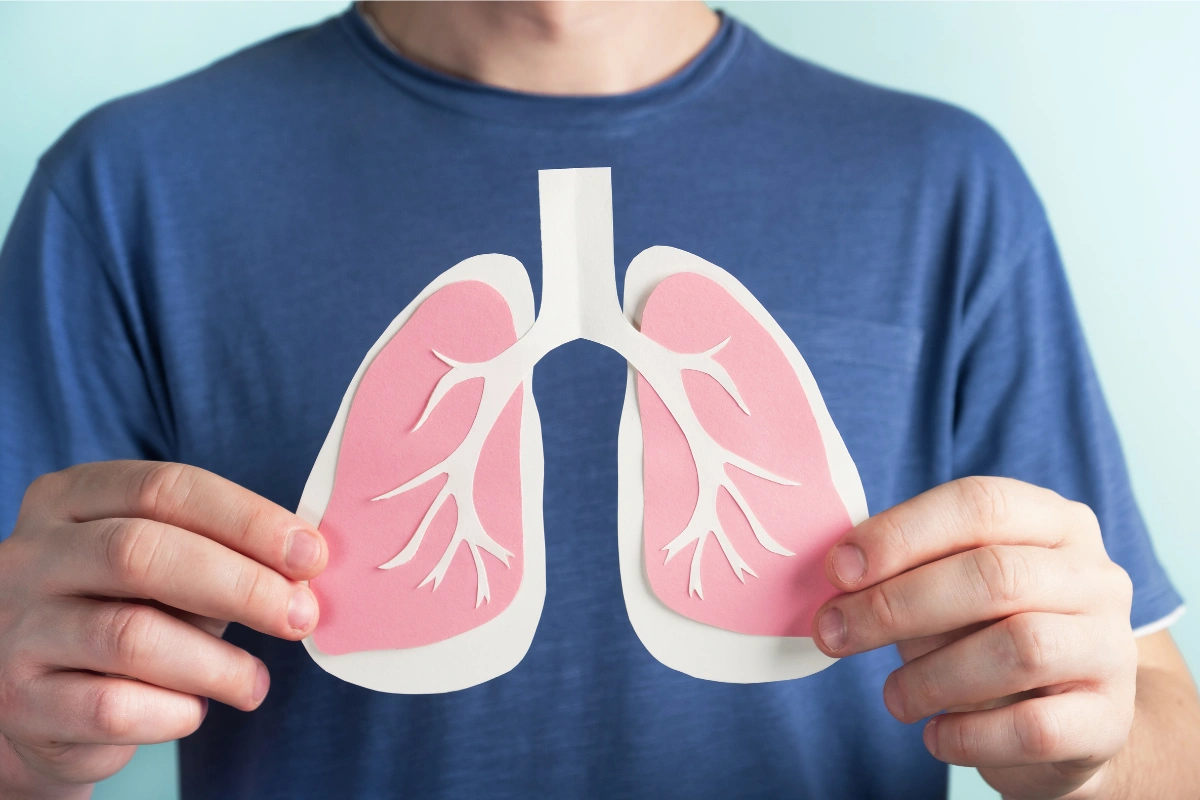
Risk factors and vulnerable groups of TB
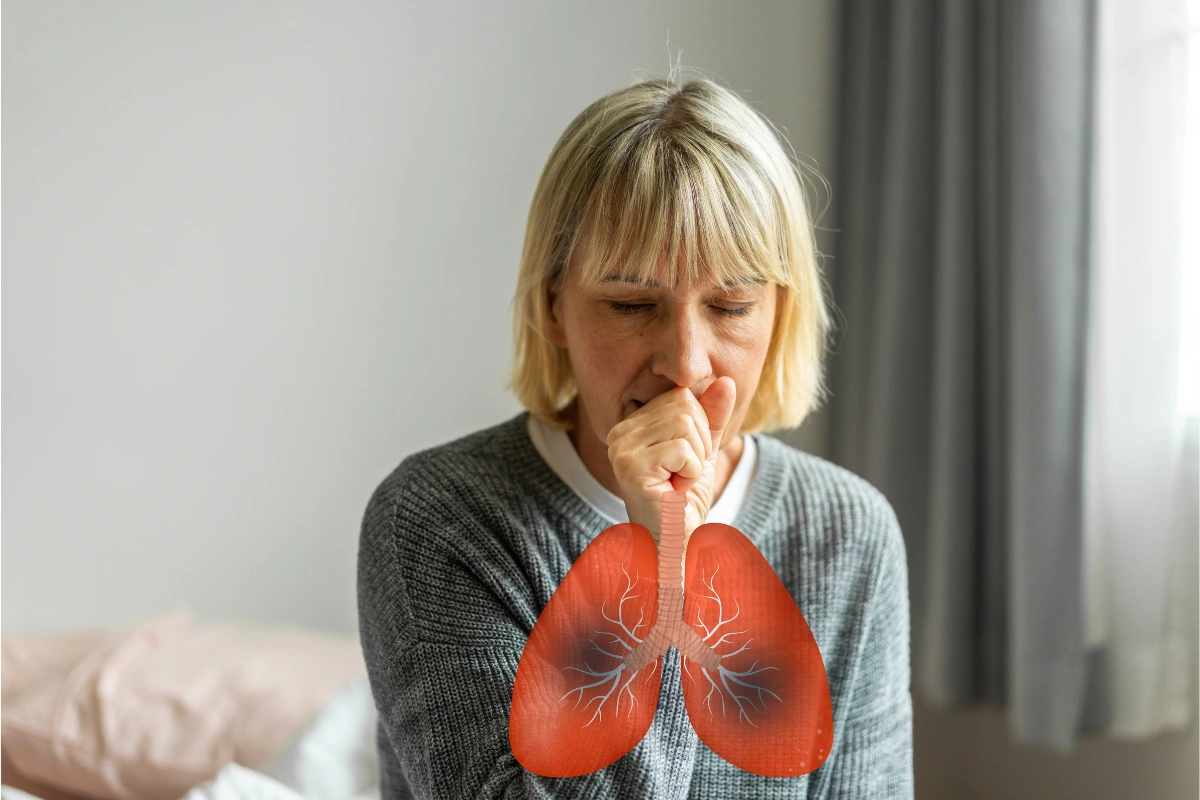
Thailand’s high tuberculosis (TB) rates are influenced by several risk factors and vulnerable groups.
- Household members of TB patients have a 47.8% chance of infection.
- Children under 15 are particularly at risk, especially if exposed to mothers with TB (3.82 times higher risk) or fathers with TB (2.55 times higher risk).
- Older individuals over 65 have a 3.61 times higher risk of dying from TB.
- Patients with chronic kidney disease face a 4.34 times higher risk of death during TB treatment.
- People living in crowded households are 2.63 times more likely to get TB.
- Migrant workers and prisoners are harder to reach with TB services and are more vulnerable to infection.
- HIV-positive individuals are 19 times more likely to develop active TB than those without HIV.
TB symptoms
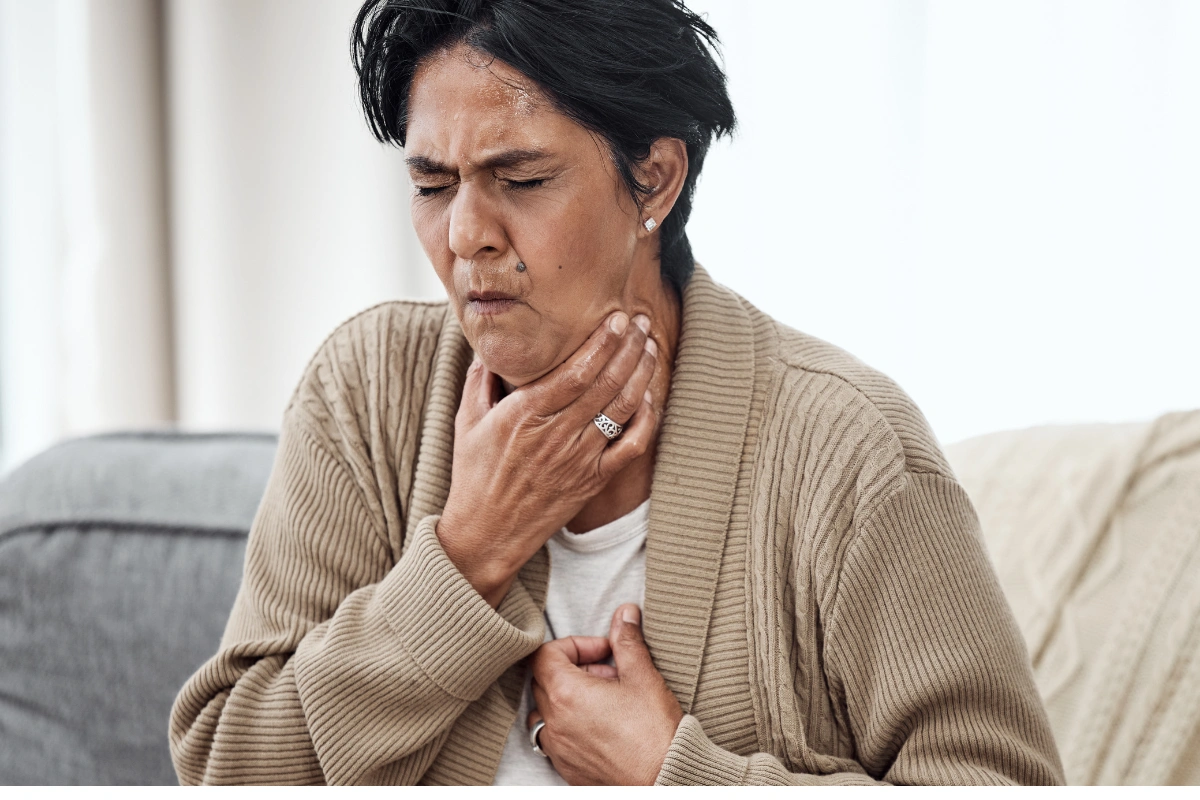
Tuberculosis (TB) symptoms usually develop slowly and vary based on the area of the body affected. The most common type, pulmonary TB (affecting the lungs), includes these signs.
- How to reduce out-of-pocket medical expenses in Thailand?Tuesday, February 4, 2025
- Dengue fever in ThailandMonday, November 18, 2024
- A cough lasting more than 3 weeks, sometimes with mucus or blood
- Chest pain, especially when breathing or coughing
- Unexplained weight loss and loss of appetite
- Fatigue or weakness
- Fever and night sweats
When TB affects other parts of the body, symptoms can differ. For example, TB in the lymph nodes may cause swelling, while TB meningitis could lead to headaches or confusion. People with latent TB don’t have symptoms and cannot spread the disease, but they risk developing active TB if left untreated. Detecting and treating TB early is essential to prevent its spread and improve health outcomes.
TB transmission and prevention
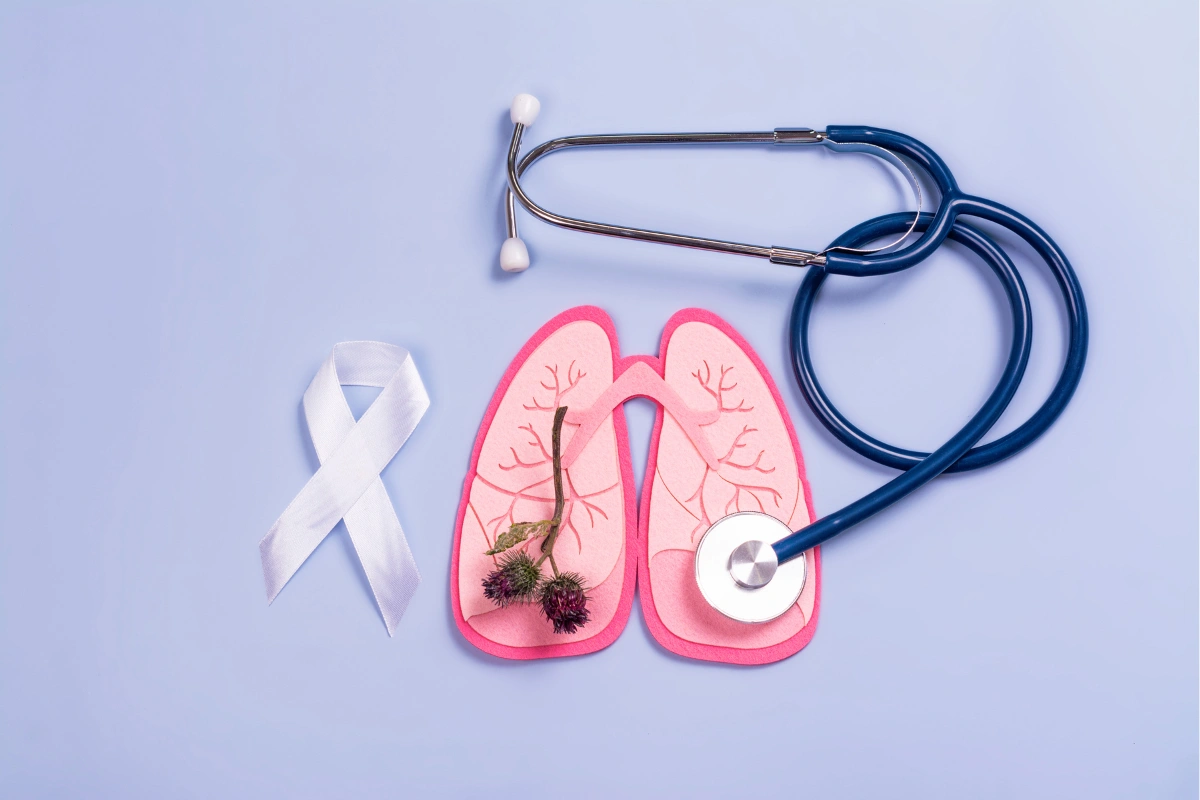
Tuberculosis (TB) primarily spreads through airborne transmission when an infected person coughs, sneezes, talks, or sings, releasing tiny droplets containing Mycobacterium tuberculosis bacteria. To prevent TB transmission, several strategies are widely implemented:
- Early diagnosis and treatment of active TB cases to reduce contagiousness.
- Enhancing ventilation in indoor spaces, particularly in healthcare settings.
- Utilizing ultraviolet germicidal irradiation (UVGI) to eliminate airborne TB bacteria.
- Encouraging proper respiratory hygiene, such as covering the mouth when coughing.
- Implementing screening programs for high-risk groups to identify TB early.
- Providing preventive treatment for latent TB infections to prevent progression to active TB.
- Supporting immune health through adequate nutrition.
- Vaccinating infants with the BCG vaccine in countries where TB remains common.
For travellers to Thailand, it is recommended to avoid close contact with known TB patients, especially in poorly ventilated areas, and to seek medical attention promptly if any TB symptoms arise.
Diagnosis and treatment options of TB in Thailand
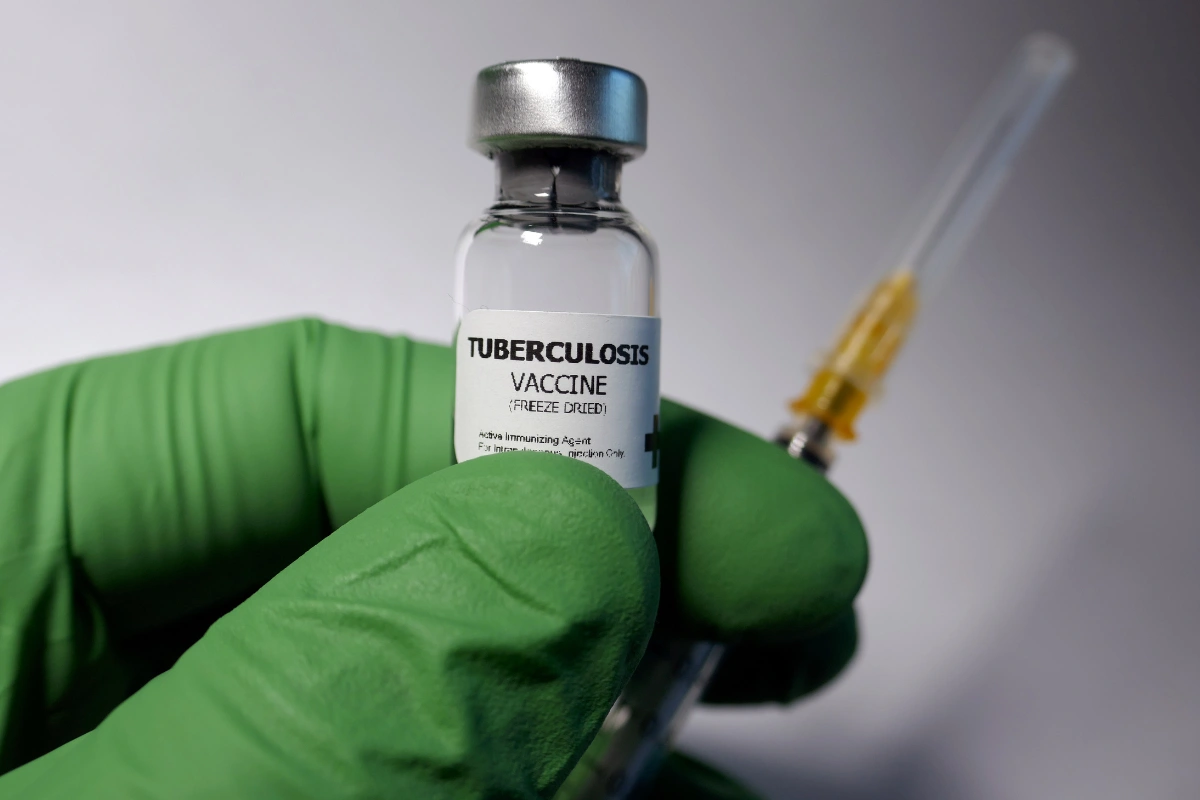
Thailand has adopted a thorough approach to diagnosing and treating tuberculosis (TB) that meets international standards, helping the country manage this serious health issue more effectively. TB diagnosis in Thailand typically involves sputum tests, chest X-rays, and molecular tests to identify active TB cases accurately. The country has improved access to rapid molecular testing, like the FDR Xair System, which allows for faster identification of TB cases through community screenings.
For treating drug-susceptible TB, Thailand follows the World Health Organization’s guidelines, using a 6-month treatment plan. This plan starts with a 2-month phase of four medications—isoniazid, rifampicin, pyrazinamide, and ethambutol—followed by a 4-month phase with isoniazid and rifampicin. Treatment is free for both Thai citizens and migrant workers at public health centres, ensuring everyone has access to care.
To help patients stick to their treatment, Thailand uses Directly Observed Therapy (DOT), where healthcare workers supervise patients as they take their medication. For drug-resistant TB, there are special treatment options available, and Bangkok has 19 clinics with trained staff for managing these complex cases.
Thailand is also expanding access to preventive treatments, especially for high-risk groups like children under 5 who live with TB patients. This comprehensive approach aims to treat current cases, prevent new ones, and reduce TB rates across the country.
Thailand’s initiatives to help people with TB
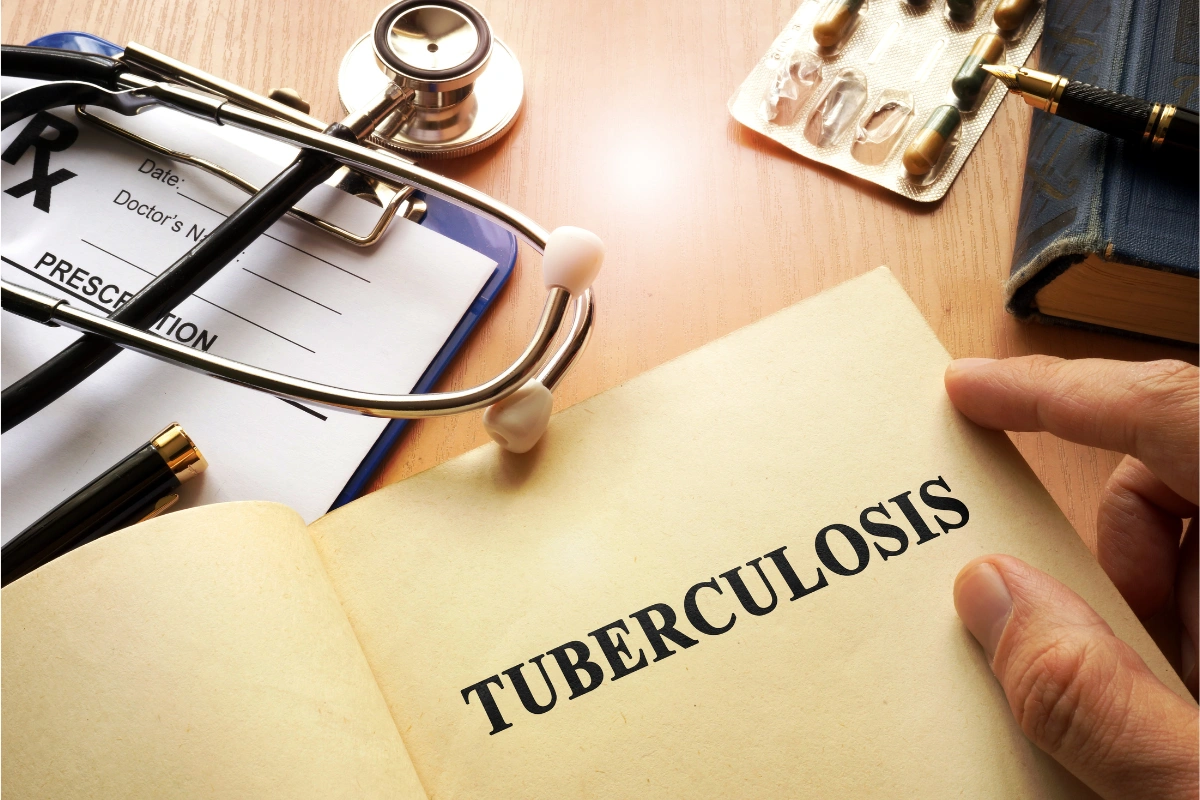
Thailand provides various resources to support tuberculosis (TB) care, focusing on reaching vulnerable groups and improving access to healthcare. World Vision Thailand has been running TB programs for over 20 years, with over 500 Migrant Health Volunteers (MHVs) across the country. These volunteers help vulnerable migrants access health services, identify TB cases, provide education, and support patients to stay on treatment.
The TB/HIV Research Foundation (THRF) works with international organizations to increase TB and HIV knowledge through training and technical meetings for health workers. They also train community volunteers and participate in global conferences on TB and HIV. Additionally, the Raks Thai Foundation operates a project called “Stop TB and AIDS through RRTTPR” in 19 provinces to help migrants and other vulnerable groups with limited access to healthcare.
Together, these initiatives, along with government efforts to expand TB prevention and screening, create a strong network of resources to support TB patients and share important information with at-risk communities in Thailand.
Thailand’s high tuberculosis (TB) burden affects vulnerable groups, especially in crowded areas. Symptoms like persistent cough and chest pain highlight the need for early diagnosis and free treatment. Thailand’s approach includes Directly Observed Therapy (DOT) and efforts by groups like World Vision Thailand to reach at-risk communities. Learn how Thailand aims to reduce TB rates by 5% each year in this article from The Thaiger.
Latest Thailand News
Follow The Thaiger on Google News:

